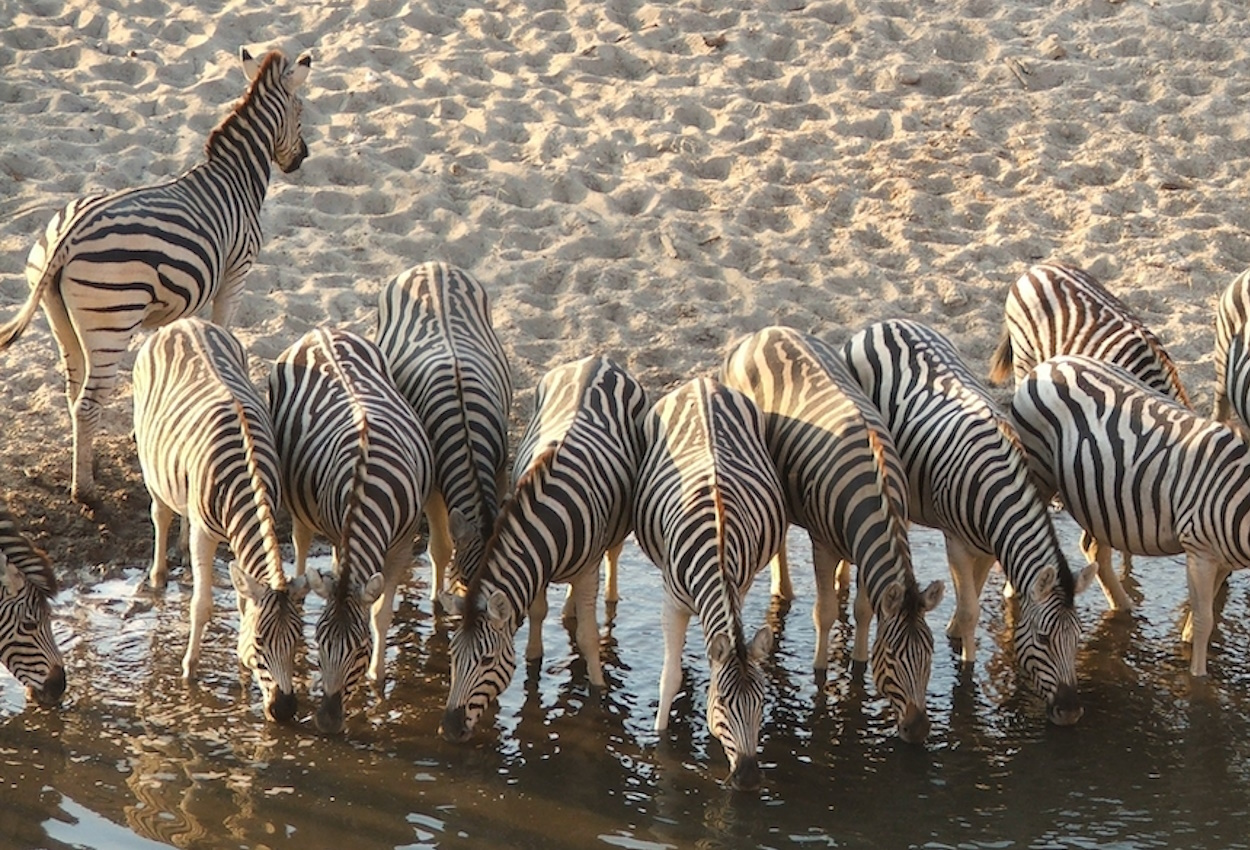Discover the Makgadikgadi Pans

The Makgadikgadi Pans are one of Botswana's most unique and awe-inspiring natural wonders. Located in the north-eastern part of the country, this vast salt pan complex covers an area of approximately 12,000 square kilometers (4,600 sq mi), making it one of the largest salt flats in the world.
Fascinating Facts about Makgadikgadi Pans
- The pans are the remnants of the once enormous Lake Makgadikgadi, which dried up several thousand years ago.
- During the dry season, the pans become a surreal, moon-like landscape of crackling salt crust stretching as far as the eye can see.
- In the wet season (November to March), the pans can flood, attracting thousands of flamingos and other water birds.
- The area is home to one of Africa's largest zebra and wildebeest migrations, second only to the Serengeti.
- Baobab trees, some over 1,000 years old, dot the landscape, providing stark contrast to the flat pans.
Wildlife and Ecology
Despite its harsh appearance, the Makgadikgadi Pans ecosystem supports a diverse array of wildlife. During the wet season, the area becomes a haven for migratory birds, including flamingos, pelicans, and ducks. The grasslands surrounding the pans are home to unique desert-adapted species such as:
- Meerkats
- Brown hyenas
- Kalahari lions
- Springbok
- Ostrich
Visiting Makgadikgadi Pans
Exploring the Makgadikgadi Pans offers a truly unforgettable experience. Visitors can enjoy activities such as:
- Quad biking across the salt pans
- Stargazing in one of the darkest skies in Africa
- Walking with San Bushmen to learn about their ancient culture and survival techniques
- Game drives to spot unique wildlife
- Visiting Kubu Island, a rocky outcrop with ancient baobab trees
The best time to visit depends on what you want to experience. The dry season (April to October) offers the classic salt pan landscapes, while the wet season brings the spectacle of flamingos and other migratory birds.